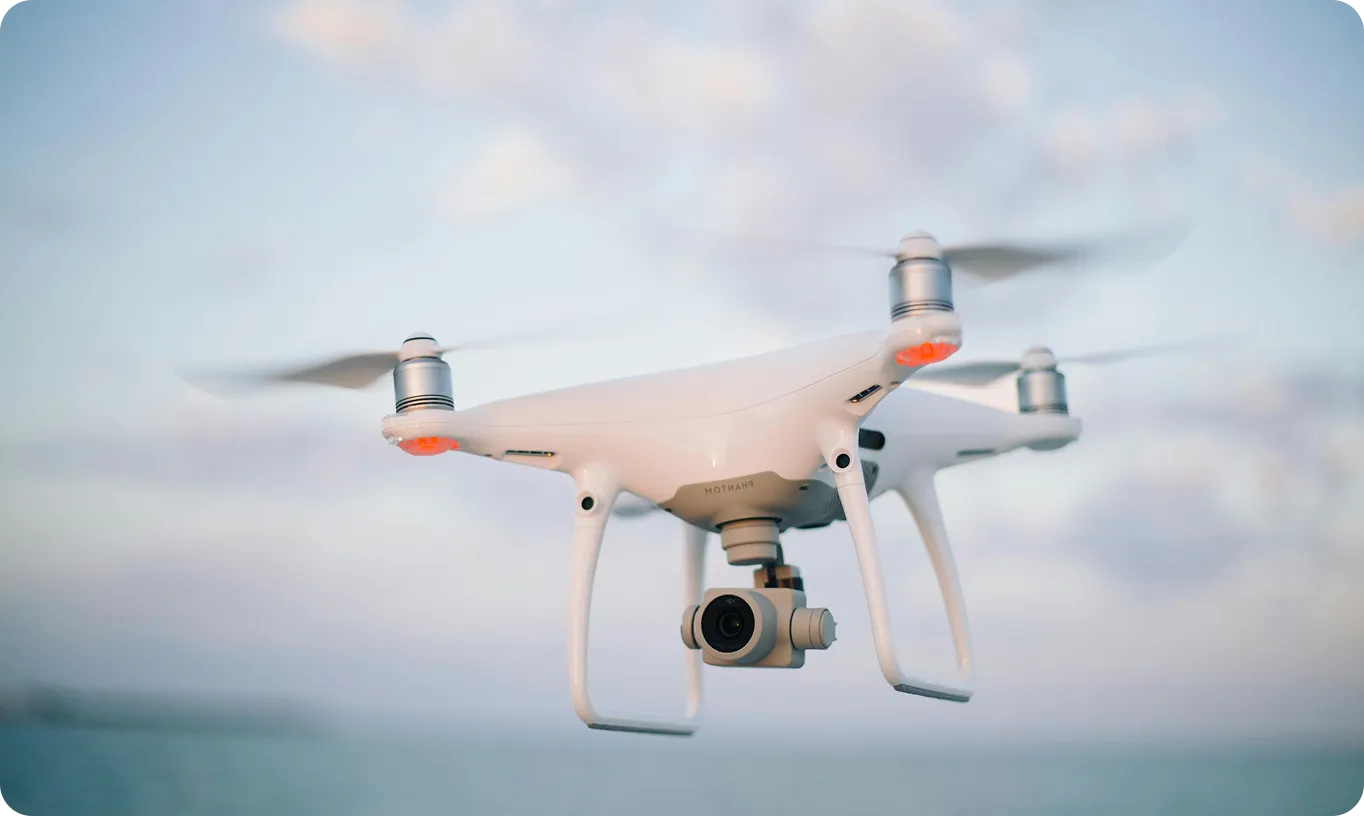Predictive modeling is a technique rooted in machine learning (ML) and statistics that uses historical and current data to forecast future outcomes or trends. By analyzing patterns and relationships within datasets, predictive modeling builds computational models capable of generating predictions about unknown future events. This capability is vital for informed decision-making, strategic planning, and optimizing processes across numerous industries, moving beyond simply describing the past to anticipating the future.
Come funziona la modellazione predittiva
The core idea behind predictive modeling is to create a mathematical or computational representation (a model) of a real-world process to make forecasts. While the specifics vary greatly depending on the problem and data, the process generally involves several key steps:
- Data Collection and Preparation: Gathering relevant historical data is the first step. This data then undergoes data preprocessing, which includes data cleaning, handling missing values, normalization to scale data appropriately, and feature engineering to create meaningful input variables for the model. High-quality data collection and annotation are crucial.
- Model Selection: Choosing the right algorithm depends on the nature of the prediction task (e.g., predicting a category vs. a continuous value) and the data characteristics. Common model types include Linear Regression and Logistic Regression for simpler tasks, Decision Trees, Random Forests, and more complex methods like Deep Learning (DL) models such as Convolutional Neural Networks (CNNs) or Recurrent Neural Networks (RNNs).
- Model Training: The selected model is trained using the prepared historical data (training data). The model learns patterns by adjusting its internal parameters (model weights) to minimize the difference between its predictions and the actual outcomes in the training data, often guided by a loss function. Following tips for model training can significantly improve results. Hyperparameter tuning is often necessary to optimize performance.
- Model Evaluation: The model's ability to generalize to new, unseen data is assessed using separate validation data and test data. Performance is measured using metrics relevant to the task, such as accuracy, precision, recall, or the F1 score. Cross-validation techniques can provide more robust evaluation.
- Model Deployment: Once validated, the model is deployed to make predictions on new, real-world data. This might involve integrating it into software applications, dashboards, or operational systems. Various model deployment options exist, and following best practices for model deployment ensures reliability and efficiency.
Applicazioni del mondo reale
Predictive modeling provides valuable foresight, enabling proactive strategies and resource optimization across diverse fields. Here are two concrete examples:
- Retail Demand Forecasting: Retailers use predictive modeling to forecast demand for products. By analyzing historical sales data, seasonality, promotional events, and even external factors like weather or economic indicators, models can predict future sales volumes. This helps optimize inventory levels, reducing stockouts and overstocking, leading to achieving retail efficiency with AI and improved profitability. Techniques like time series analysis are common here.
- Healthcare Patient Risk Stratification: In AI in healthcare, predictive models analyze patient data (demographics, medical history, lab results, lifestyle factors) to identify individuals at high risk of developing certain diseases (like diabetes or heart disease) or experiencing adverse events (like hospital readmission). This allows healthcare providers to intervene proactively with preventative measures or personalized treatment plans, improving patient outcomes and managing resources more effectively.
Other significant Predictive Analytics uses include predictive maintenance in manufacturing, credit scoring in AI in finance, customer churn prediction in telecommunications, and even predicting traffic patterns using data from computer vision (CV) systems performing object tracking with models like Ultralytics YOLO11.
Modellazione predittiva e concetti correlati
While related to other analytical techniques, predictive modeling has a distinct focus on forecasting future outcomes. It's useful to distinguish it from:
- Descriptive Analytics: Analyzes historical data to summarize what happened (e.g., calculating average sales last quarter). It provides insights into the past but doesn't forecast. Explore different types of analytics.
- Diagnostic Analytics: Focuses on understanding why something happened by examining past data (e.g., investigating why sales dropped in a specific region). See this Diagnostic Analytics definition.
- Prescriptive Analytics: Goes beyond prediction to recommend actions to achieve desired outcomes (e.g., suggesting optimal pricing strategies to maximize profit). It often uses the output of predictive models. See this Prescriptive Analytics definition.
Predictive modeling often utilizes techniques from supervised learning, where the model learns from labeled historical data (data where the outcome is already known).









